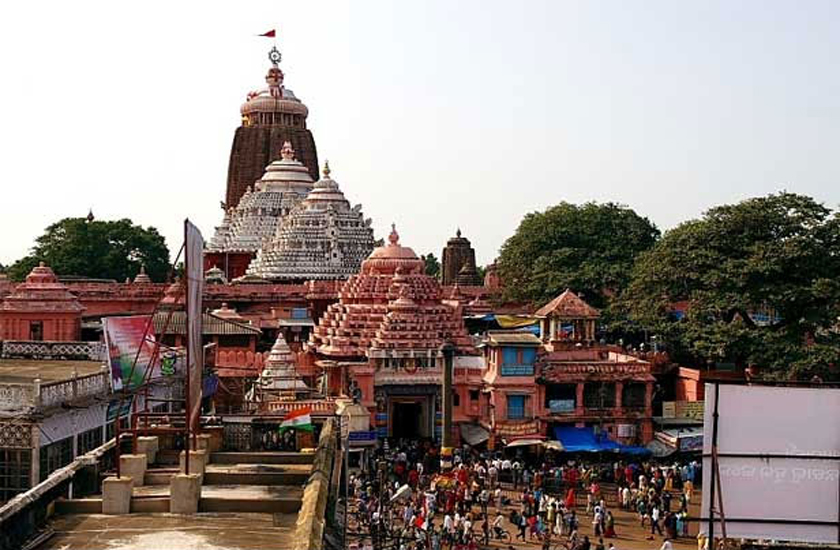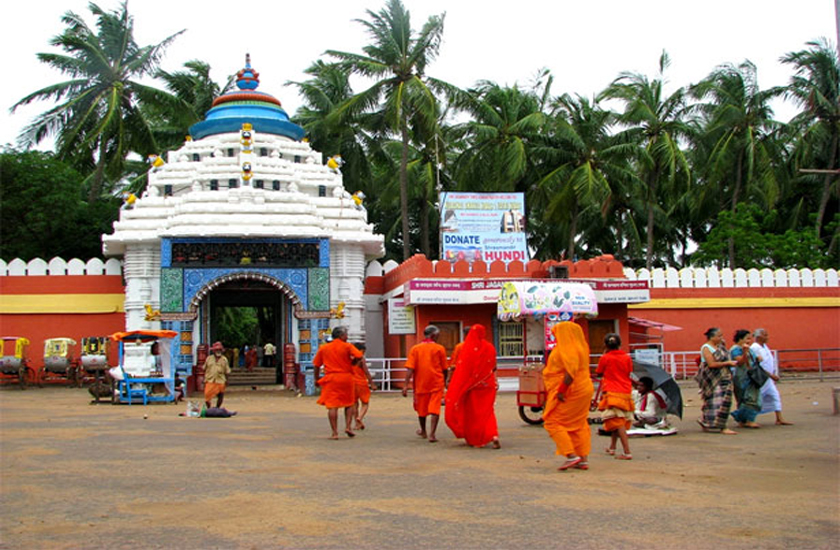The Holi festival commemorates the victory of good over
evil, brought about by the burning and destruction of the demoness named
Holika. This was enabled through unwavering devotion to the Hindu god
of preservation, Lord Vishnu.
Holi got its name as the "Festival
of Colors" from Lord Krishna, a reincarnation of Lord Vishnu, who liked
to play pranks on the village girls by drenching them in water and
colors.
The festival marks the end of winter and the abundance of the upcoming spring harvest season.
When is Holi Celebrated?
The day after the full moon in March each year.
In 2018, Holi will be celebrated on March 2. The festival takes place a day earlier in West Bengal and Odisha.
Find out
when is Holi in future years.
Where is Holi Celebrated?
You'll
find Holi festivities taking place in most areas of India. However,
they're more exuberant in some places than others. Check out these
10 Places to Celebrate the Holi Festival in India (and one region that should be avoided).
Traditional Holi celebrations are the biggest at Mathura and Vrindavan, four hours from Delhi.
How is Holi Celebrated?
People
spend the day smearing colored powder all over each other's faces,
throwing colored water at each other, having parties, and dancing under
water sprinklers.
Bhang (a paste made from cannabis plants) is also traditionally consumed during the celebrations.
See pictures of Holi celebrations in this
Holi Festival Photo Gallery.
Special
Holi events with music, rain dances, and colors are organized in large
cities across India -- particularly in Delhi and Mumbai. It's possible
to celebrate Holi with a local Indian family
in Delhi and
in Jaipur.
What Rituals are Performed?
The emphasis of Holi rituals is on the burning of demoness Holika.
On the eve of Holi, large bonfires are lit to mark occasion. This is known as Holika Dahan. As well as performing a special puja, people sing and dance around the fire, and walk around it three times.
The burning of Holika is mentioned in the Hindu text, the
Narada Purana. Apparently,
Holika's brother demon King Hiranyakashyap instructed her to burn his
son, Prahlad, because he followed Lord Vishnu and didn't worship him.
Holika sat with Prahlad in her lap, in the burning fire, because it was
thought that no fire could harm her. However, due to his devotion to
Lord Vishnu who protected him, Prahlad survived and Holika was charred
to death.
What to Expect During the Celebrations
Holi is a
very carefree festival that’s great fun to participate in if you don’t
mind getting wet and dirty. You'll end up saturated in water, with color
all over your skin and clothes. Some of it doesn't wash out easily, so
be sure to wear old clothes. It's also a good idea to rub hair oil or
coconut oil into your skin beforehand, to prevent the color from
absorbing.
Holi Safety Information
As Holi provides an
opportunity to disregard social norms and generally "let loose", males
commonly take it too far and act disrespectfully.
Single women should avoid going out alone in public
places during Holi, as inebriated young Indian guys often pose a safety
threat. These males, who have consumed excessive amounts of
bhang
and other intoxicants, will inappropriately touch women and make a
nuisance of themselves. They are usually in groups and can be very
aggressive. Incidents of rape also do occur, which makes it important to
take proper care during Holi.
If you plan on going out into the
streets on Holi, do so early in the morning. Be back in your hotel by
midday before the men get too inebriated. Many hotels hold special Holi
parties for their guests in a safe environment.
Expect to have
colored powder and water rubbed and thrown onto your face, mouth and
ears. Keep your mouth shut and protect your eyes as much as possible.









/holi-the-festival-of-colors-india-109420836-58e011443df78c51624c663b.jpg)









